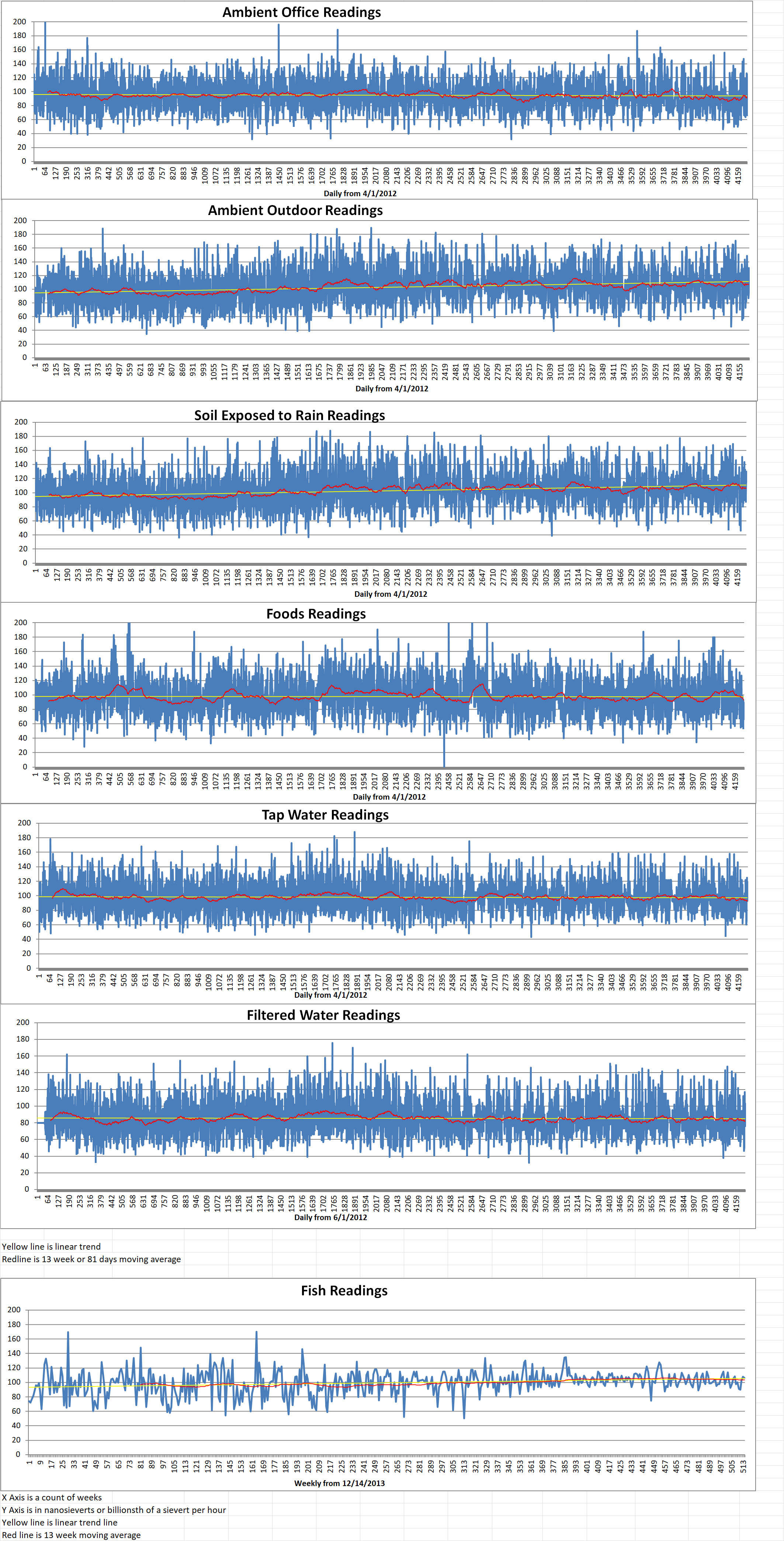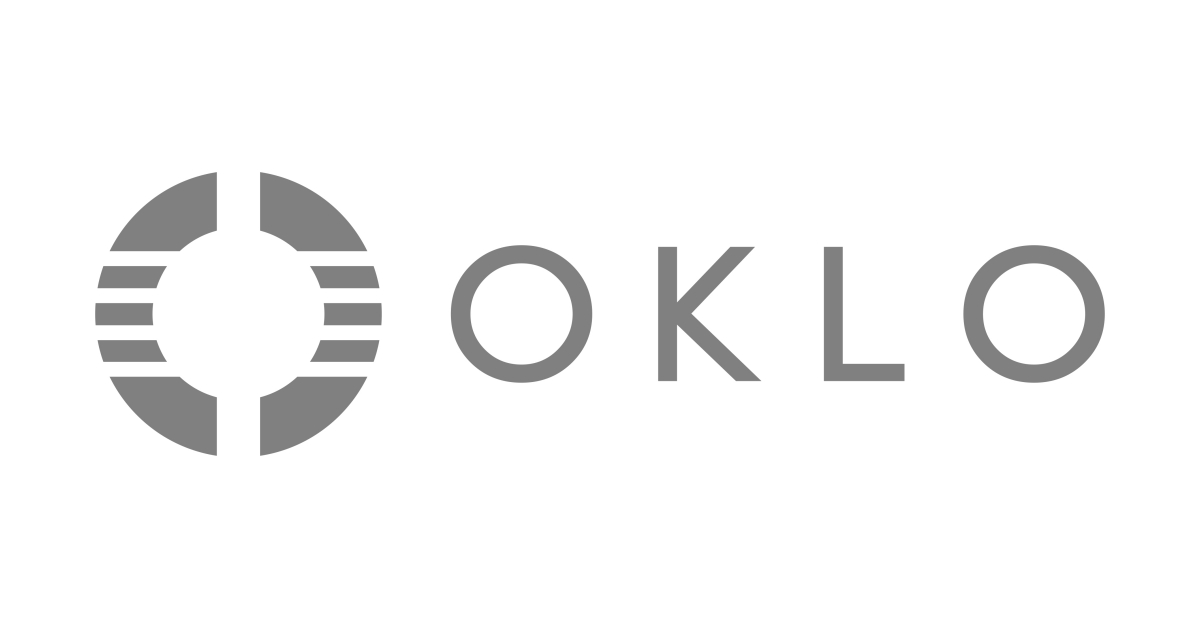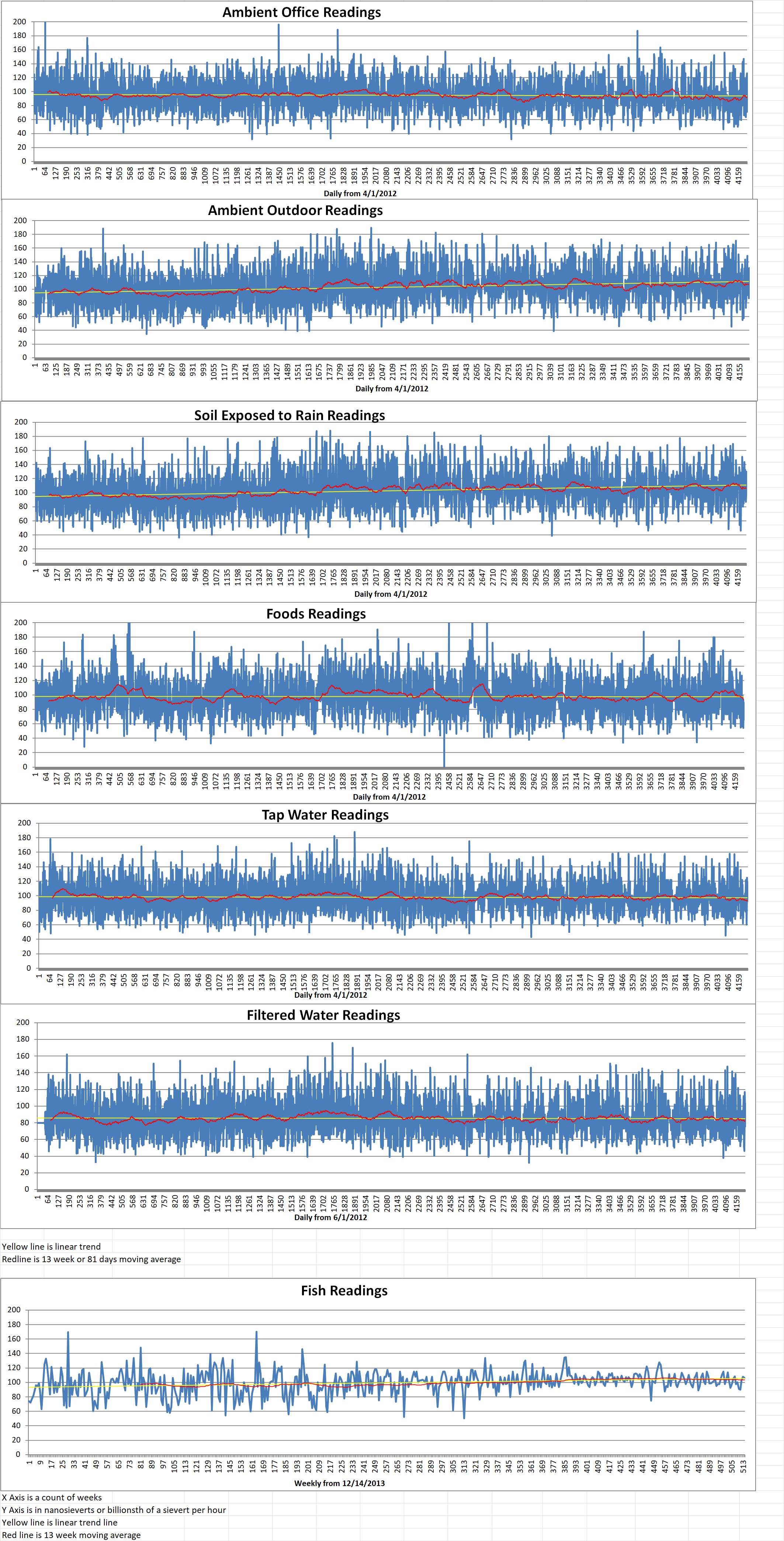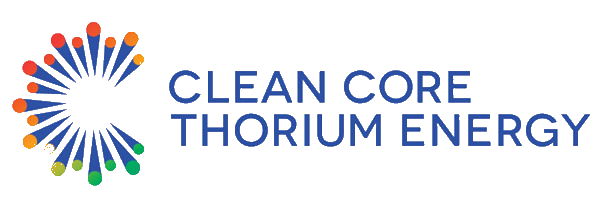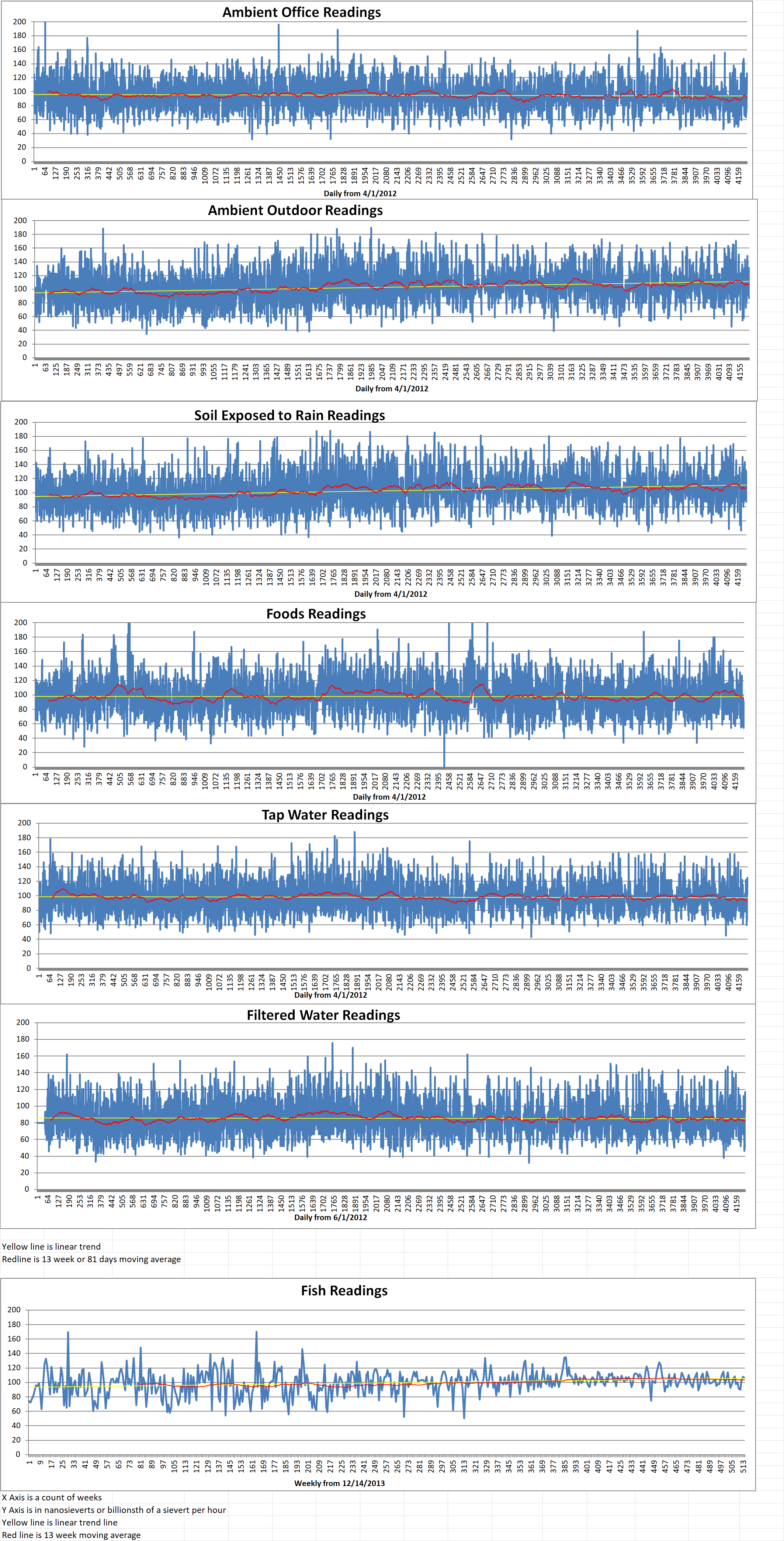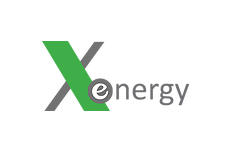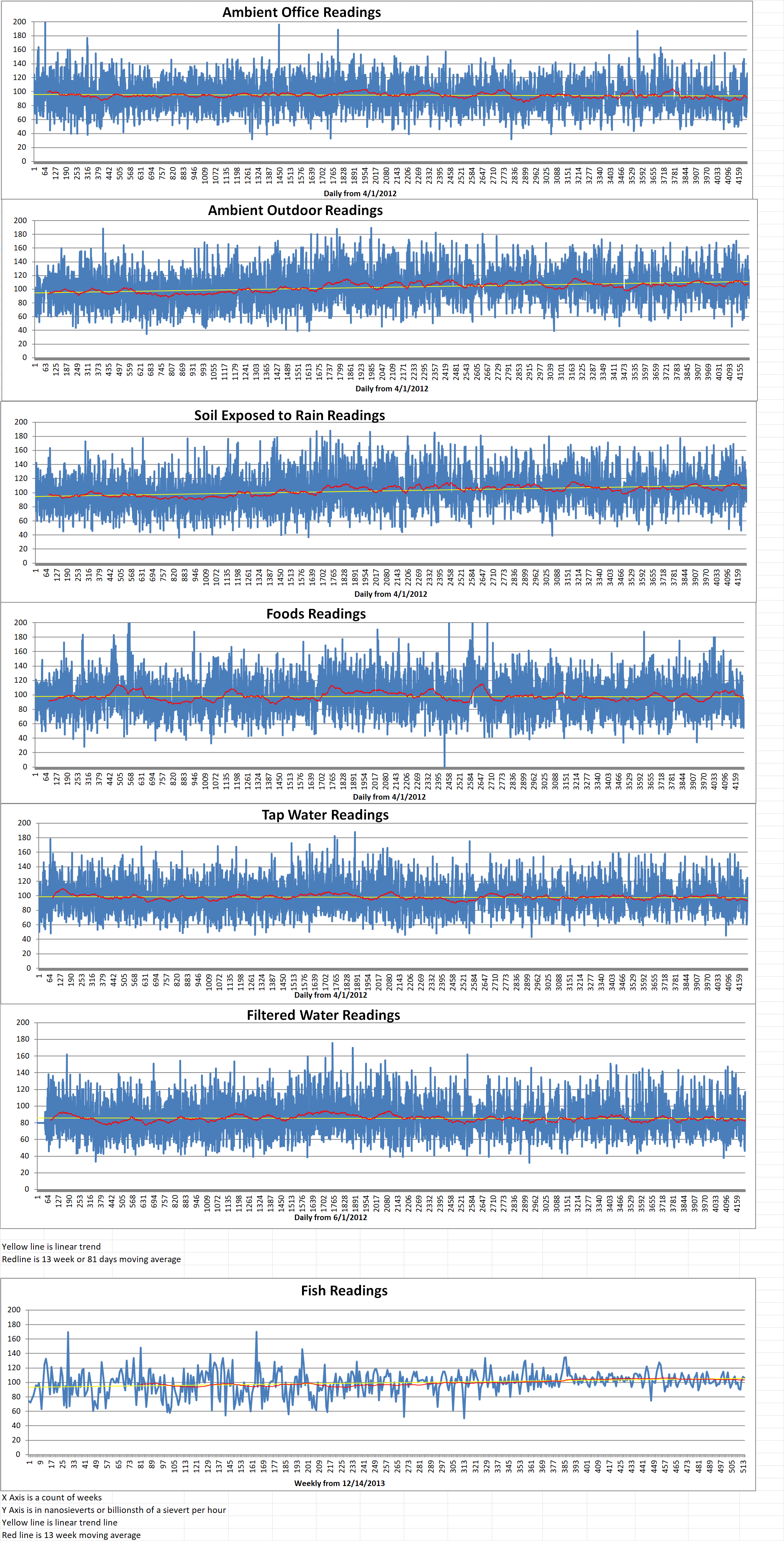Oil and gas producer Diamondback Energy Inc has signed a letter of intent (LoI) on a long-term power purchase agreement to use Oklo’s Aurora powerhouse reactors for its operations in the Permian Basin. Oklo has also signed a deal to supply up to five hundred megawatts of power to Equinix to serve its data centers in the U.S.
The non-binding LoI with Diamondback outlines a proposed twenty-year power purchase agreement (PPA) focusing on using Aurora powerhouses to supply “reliable and emission-free electricity” to Diamondback’s operations in the Permian. According to the terms of the LoI, Oklo intends to license, construct, and operate powerhouse reactors capable of generating fifty megawatts of electric power to Diamondback E&P LLC, a wholly owned subsidiary of Diamondback near Midland, Texas.
The LoI outlines options to renew and extend the potential power purchase agreement for an additional twenty-year term. Oklo’s powerhouse reactor designs are intended to be able to operate forty years. The company’s design-build-own-operate business model means potential customers like Diamondback can purchase power without complex ownership issues or other capital requirements, Oklo said.
Jacob DeWitte is the Diamondback CEO. He said, “By developing and providing a low-cost, high-reliability, and emission-free energy source, Oklo is poised to help meet the growing energy requirements of operators like Diamondback.”
Oklo has also recently signed a LoI to provide up to five hundred megawatts of power to Equinix, according to an April 2nd filing with the US Securities and Exchange Commission by AltC Acquisition Corp. The LoI was executed on the 16th of February. Oklo is in the process of merging with AltC as part of its plans to go public. The coming merger was announced in July 2023.
The LoI confirms Equinix’s interest in buying power from Oklo’s powerhouses to serve its data centers in the U.S. for a twenty-year according to the filing notes. The power purchase agreements would be renewable for further twenty-year terms. Equinix has made a twenty-five-million-dollar prepayment to Oklo. The filing says it is Permitted Equity Financing. Under the LoI, Equinix would have a right of first refusal for one hundred to five hundred megawatts of output from certain powerhouses for up to thirty-six months.
Oklo was founded in 2013. It plans to commercialize its liquid metal fast reactor technology in the Aurora ‘powerhouse’. The Aurora is a fast neutron reactor using heat pipes to transport heat from the reactor core to a supercritical carbon dioxide power conversion system to generate electricity. Oklo has received a site use permit from the U.S. Department of Energy for a prototype unit to be constructed at the Idaho National Laboratory.
In August of 2023, the U.S. Department of the Air Force, in partnership with the Defense Logistics Agency Energy, selected Oklo to site, design, build, own and operate a microreactor facility to deliver electricity and steam at the Eielson Air Force Base in Alaska. Subsequently, Eielson rescinded its Notice of Intent to Award pending the completion of further due diligence and a review of the vendor selection process by the Department of Justice. According to an update on the project issued in January of this year, the Department of the Air Force has said it still intends to meet the 2027 timeline for the project.

